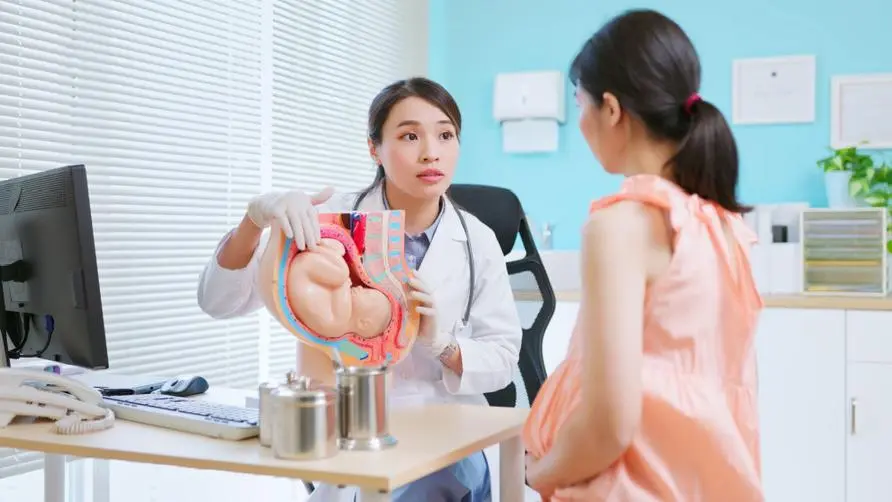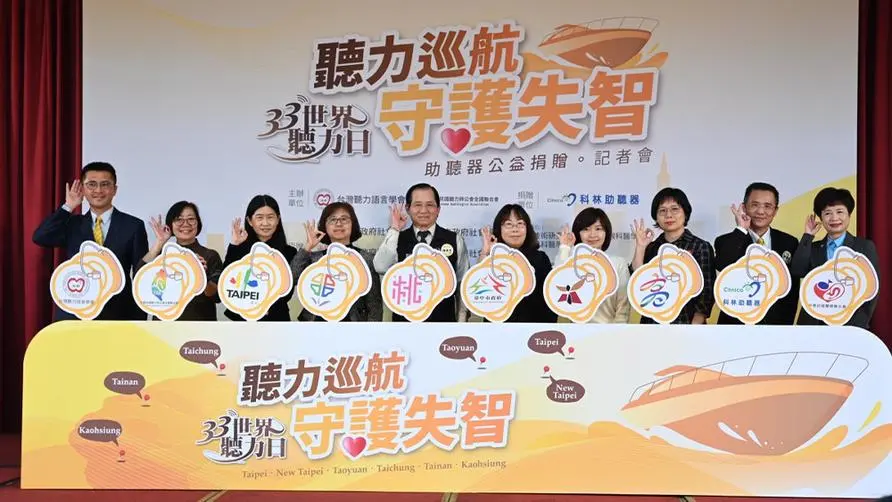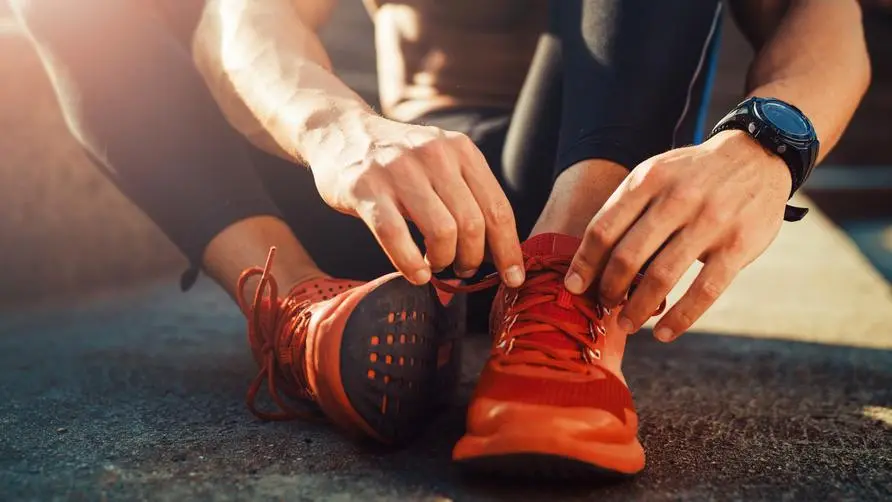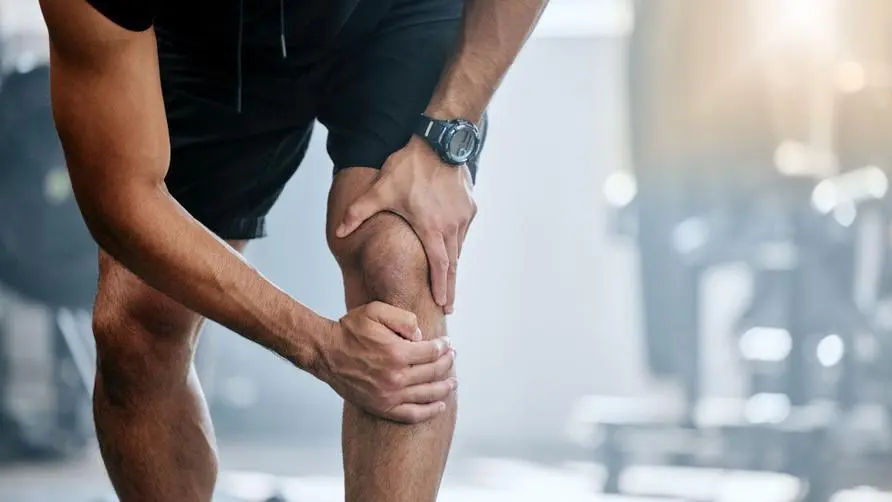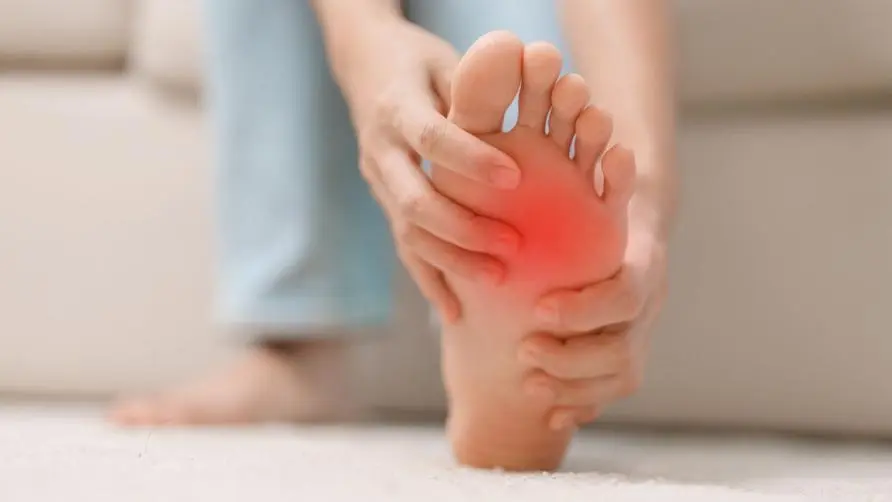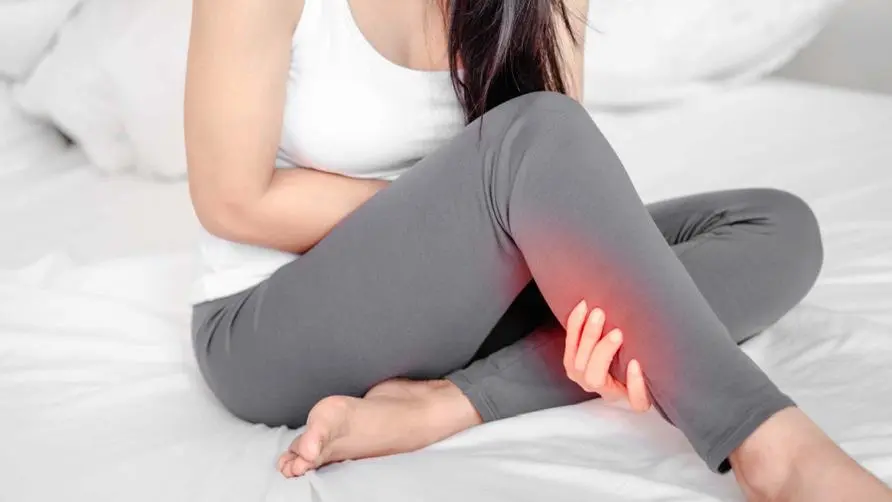Do you often experience plantar pain or fascial strain after the age of 40? Doctors remind 8 major groups: Foot health may suffer an "avalanche decline"
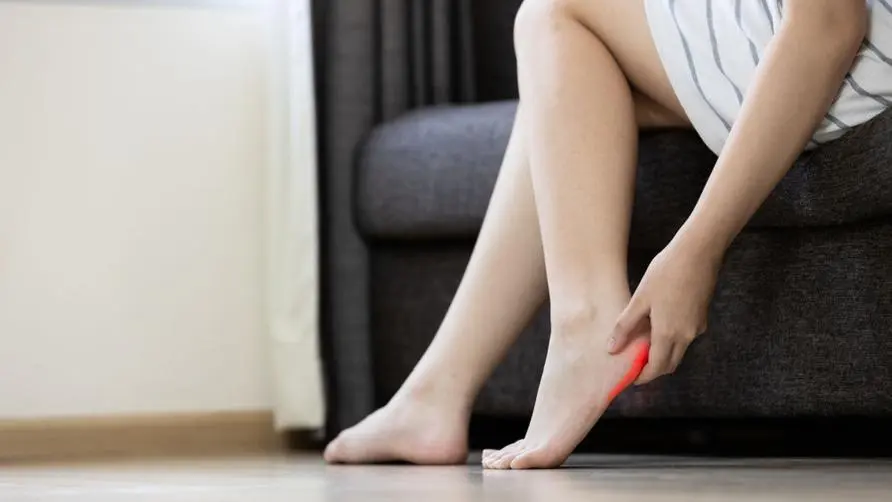
Ms. Chen, who works as an insurance salesperson, feels a strong sense of pain in the soles of her feet every morning when she gets out of bed. Although she will feel relieved after walking for a while, as long as she puts on high heels and starts to stand and walk for a long time, the soles of her feet will suffer. The pain will come back again. The above situation may be a warning sign of “plantar fasciitis”! The prevalence rate of plantar fasciitis in Taiwan is about 10-15%, and about one-third of the patients have foot pain in both feet, which may seriously affect the quality of life and work efficiency.
Is varicose veins the only consequence of long-term walking? Doctor: 1 in 10 people have plantar fasciitis
Sore feet are often the first warning sign of plantar fasciitis, but many patients still ignore the foot health problems caused by plantar pain. Dr. Chen Jianhong, director of Chen Jianhong Orthopedic Clinic, reminds that just standing will cause pressure on the feet, because in the process of returning blood to the heart, the veins of the lower limbs must overcome gravity, and the valves on the vein walls must prevent blood from flowing backward. Once standing or walking for a long time accumulates foot fatigue, blood that cannot be completely returned to the heart will easily accumulate in the legs.
Dr. Chen Jianhong pointed out that long-term walking or overexertion may cause varicose veins. The most typical symptom is the appearance of blue veins in the legs. In addition, walking for a long time or having an abnormal arch of the foot can easily cause the plantar fascia to tear due to repeated pulling, which can lead to plantar fasciitis. When symptoms of the foot appear that cannot be relieved, be sure to consult a relevant specialist and receive early treatment.
What are the high-risk occupations for “occupational foot injuries”? Is foot health in danger of “avalanche decline” after the age of 40?
Dr. Chen Jianhong said that most of the people who seek treatment for foot pain in clinical practice are those whose daily jobs require them to stand and move for long periods of time, such as teachers, store staff, counter ladies, catering industry, service industry, salesmen, and technicians, etc. . This is especially true for counter ladies and flight attendants who need to wear high heels. The shoes they usually wear have narrow lasts and lack of support on the inside of the arch. Excessive foot pressure is not only reflected in the plantar fascia and legs, but also in the toes. Discomfort from being squeezed.
Dr. Chen Jianhong pointed out that in addition to occupational foot injuries, people whose BMI exceeds 24 and are overweight or obese are also prone to extra burden on their feet due to excessive body weight. As for foot abnormalities such as naturally high arches, Or flat feet, due to uneven distribution of the center of gravity and excessive concentration of foot pressure, can also cause muscle tightness and plantar compression, increasing the incidence of foot diseases.
Muscle mass and bone density also have an important impact on the health of the lower limbs. Good muscle mass and bone density can support and protect the ankles. However, the best muscle mass and bone mass of the average person is between 35 and 40 years old. When you are young, you lack muscles. The accumulation of strengthening and bone mass may increase the risk of future sports injuries or foot injuries, and may also lead to accidents such as falls and fractures.
Does practicing standing on tiptoes and catching a tennis ball have any effect? People who stand for long periods of time should remember 6 principles to avoid foot pain
Dean Chen Jianhong explained that both standing and walking for a long time are harmful to the health of the feet, and standing for a long time is especially related to the occurrence of varicose veins. It is recommended that people who stand for a long time should change their leg posture every 1-2 hours to allow the muscles to exert force to produce contraction force. , to help venous blood return to the heart, or step 37 steps and slightly bend the knees to relieve the pressure on the legs. Other relief methods include: raising your legs to create better blood flow back into your legs; placing pillows on your calves or knees while sleeping to improve ankle congestion and discomfort. In addition, you can moderately rely on assistive devices such as insoles and elastic stockings to reduce the pressure caused by uneven force on the soles of the feet and prevent the occurrence of varicose veins.
As for those with insufficient support in the arches of their feet or lower limbs, Dr. Chen Jianhong suggests that they can try to train their calf muscles by putting their toes on their toes and catching tennis balls with their toes, so that they can obtain adequate muscle protection around the joints and avoid the risk of falls caused by muscle weakness. In addition, early understanding of plantar pressure distribution and gait conditions is also of great help in preventing foot health problems. It is recommended that the public go to medical institutions or Axiang leather shoe stores that provide professional foot pressure measurement to undergo dynamic foot pressure testing. According to Foot pressure, center of gravity and gait conditions, adjusting the shoes you usually wear or inserting insoles and other assistive devices can help prevent foot injuries.
Further reading:
